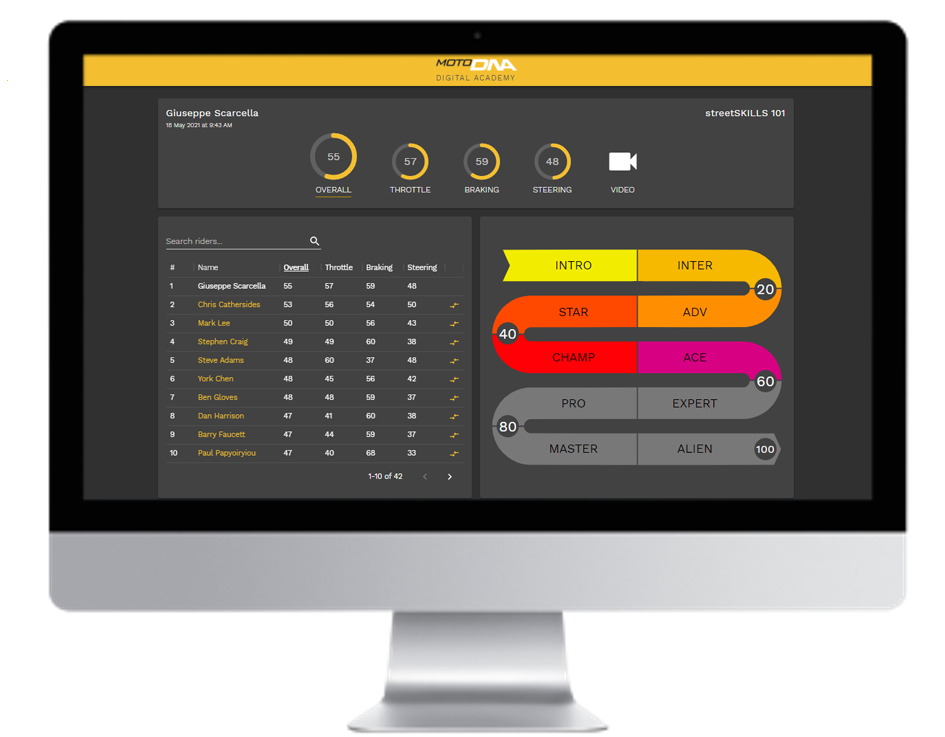There has been a lot of speculation recently about winglets in MotoGP, especially since Yamaha introduced aero wings to their M1 at Misano. Aerodynamic aids are not as prominent in bike racing compared to Formula One, but that has changed in 2015 with Ducati’s winglet development on their GP15.
Mechanical Grip
Mechanical grip only goes so far, with aerodynamic down force so powerful that a F1 car could theoretically drive upside down in a tunnel.
Considering this astounding fact, it seems strange that bikes don’t use more aero aids especially as the performance gap between the aliens machines is so small.
One reason is that motorcycle engineering is always a compromise. It’s rare that you can make a change to one area of a bike without impacting other parts of the machines performance.
So what do these winglets actually do?
Upside Down Aircraft Wings
Racecar, and now racing bike, wings are of course upside down compared to aircraft wings, so downforce rather than lift is created. This means that on a MotoGP bike the convex surface faces downward.
Anti Wheelie
1 – Increase down force for anti wheelie. Anti-wheelie is controlled by sophisticated electronics’, which basically cut power that not only reduces wheelies but also reduces forward momentum ultimately slowing the bikes acceleration. Ducati’s strategy to use aerodynamic down force seems to out way the subsequent drag caused from the winglet as a more efficient method to subdue wheelies.
The Yamaha winglet is further forward and closer to the nose of the faring providing downforce load with a increased forward bias compared to the Ducati, until Philip Island when Ducati added another Winglet in an identical position to Yamaha’s.
2 – Increase down force on the front tyre to improve braking performance.
The main contributor to grip is the weight or load on each tyre. The ratio between the maximum possible grip and the vertical load is called the co-efficient of friction.
This co-efficient is not constant and normally decreases relative to the vertical load. More vertical load equals more grip.
Edge Grip
3 – Increased down force on the front tyre to improve corner edge grip. More down force on the front tyre in the corners would also increase grip, however this would seem less likely as the angle of the winglets is more suited to the bikes vertical plane.
4 – Low pressure zone at the radiator exit duct. There is another theory that the winglets on the Ducati reduce create a low-pressure zone at the radiator thus reducing drag through the radiator system. Yamahas winglets are further forward and don’t affect the radiator airflow.
The riders have a different feeling with and without winglets but the lap time is much the same, so the jury seems to be still out as the teams don’t have enough data to decide if winglets are here to stay.
Enjoy this article ? Subscribe here
Data Driven
Developed from thousands of riders at the motoDNA Motorcycle Training, our algorithms measure, grade and train motorcycle riders.
Objective
No more guessing, data sensor fusion combined with our algorithms deeply understand rider behaviour.
Towards Zero
Our urgent and ambitious aim is to empower the motorcycle community to take back control towards zero.


